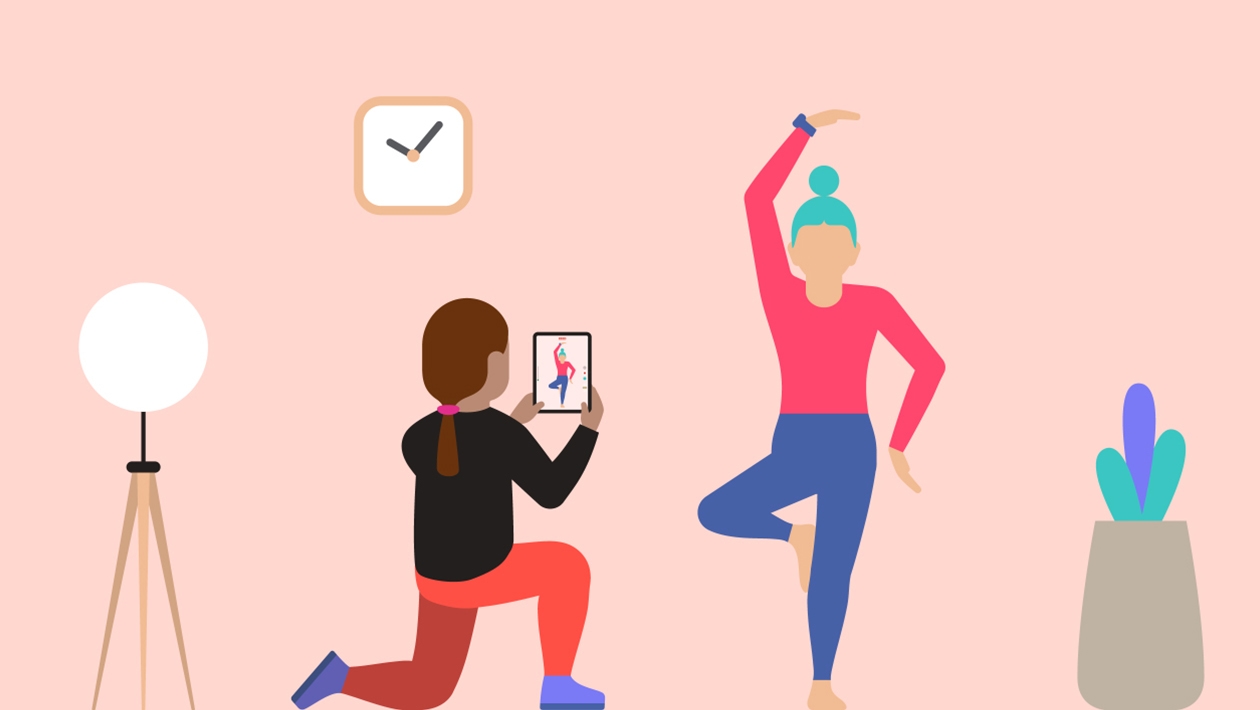Transform teaching by aligning creativity with meaningful technology integration through PICRAT and Everyone Can Create.
Hi all, my name is Carlena Benjamin, and I am the Instructional Technology Specialist at Northeast Mississippi Community College, an Apple Distinguished School in Booneville, Mississippi. I am an Apple Distinguished Educator class of 2019 and believe tools such as iPad can unlock creative ways to learn and show learning. I work closely with instructors across campus to infuse technology into teaching and learning in a meaningful way. At Northeast, teachers move through the Apple Learning Academy, an in-house technology training program modeled after the Apple Learning Coach Program. In the learning academy, teachers explore the Everyone Can Create guides and are encouraged to develop a learning experience based on a project in the guides. They further evaluate the integration of technology using PICRAT.
PICRAT is an educational technology model that helps teachers understand how to use technology to improve student learning. Developed by Royce Kimmons, Charles R. Graham, and Richard E. West (The PICRAT Model for Technology Integration in Teacher Preparation), the 3x3 matrix analyzes how students interact with technology when learning and how teachers use technology when developing learning experiences. Student interaction is measured on the x-axis by PIC (passive, interactive, creative), while the teacher experience is measured on the y-axis by RAT (replacement, amplification, and transformation).
During the Northeast Learning Academy, teachers develop an activity they will use in their courses based on one of the projects in the Everyone Can Create guides. During the development process, they reflect upon the PICRAT Matrix and rank their activity on the matrix. This powerful, reflective activity allows a simple yet meaningful evaluation of the integration of technology considering both the experience of the teacher AND the student.
The reflective evaluation using PICRAT reveals many things:
- Teachers who thought they were integrating technology effectively realized they were using it to replace old practices.
- Teachers burned out on integrating technology due to grading overload realized they needed to update assessment and feedback practices.
- Teachers thought it was eye-opening to see where their designed learning experiences landed on the matrix and the connection to mastering learning goals associated with the activity. (Spoiler alert! Activities closer to the upper right of the matrix led to higher engagement and achievement!)
The PICRAT model emphasizes how technology affects student engagement (passive, interactive, or creative) and the transformative potential of technology on teaching strategies (replacement, amplification, or transformation). Introducing this model while working through the Everyone Can Create guides encourages teachers to critically reflect on their technology use in the design phase, pushing them to go beyond basic substitution and towards meaningful transformation of the learning experience.
Learn more:
Ohio State University: Transitioning from Passive to Interactive Student Engagement Online
EdTechnica: The PICRAT Technology Integration Model
Explore the Everyone Can Create book series in Apple Books
How do you currently evaluate the impact of technology integration in your classroom?
How does the experience of designing activities with the Everyone Can Create guides challenge your current approach to technology integration?
How can reflecting on both teacher and student experiences with technology lead to more effective instructional strategies?












January 30, 2025 . English
English
Thanks so much for sharing all this! I absolutely love the PICRAT method and how it includes both the instructor and the learner.
Designing activities with the Everyone Can Create guides shifts the focus from using technology as a tool for consumption to leveraging it as platform for creativity and student expression. I love how these guides promote student agency by giving learners opportunities to tell their own stories, document their learning, and engage with content in meaningful ways. I love how these guides encourage students to engage in hands-on media creation, such as video production, photography, music composition, and drawing. Multimodal learning!
This action is unavailable while under moderation.
This action is unavailable while under moderation.